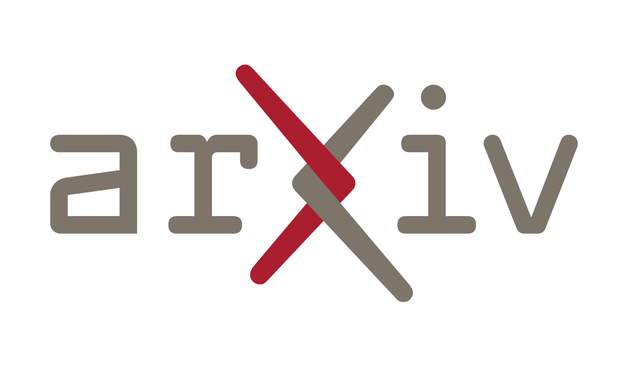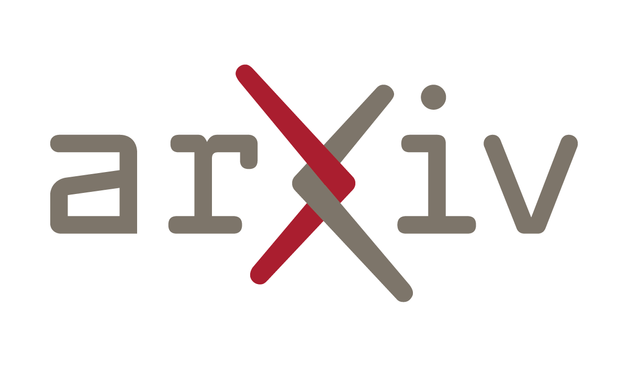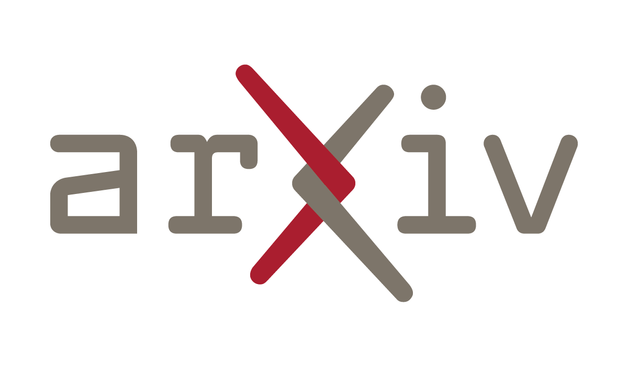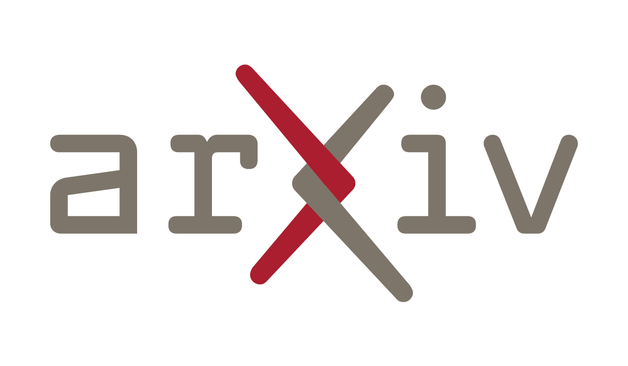2025-11-15 12:42:03
from my link log —
Tour of a Scheme pattern matcher: expression and pattern expansion.
https://crumbles.blog/posts/2025-11-09-extensible-match-front-end.html
saved 2025-11-14
2025-10-15 10:52:01
Topological Signatures of ReLU Neural Network Activation Patterns
Vicente Bosca, Tatum Rask, Sunia Tanweer, Andrew R. Tawfeek, Branden Stone
https://arxiv.org/abs/2510.12700 htt…
2025-10-15 08:44:52
A Non-Intrusive Framework for Deferred Integration of Cloud Patterns in Energy-Efficient Data-Sharing Pipelines
Sepideh Masoudi, Mark Edward Michael Daly, Jannis Kiesel, Stefan Tai
https://arxiv.org/abs/2510.12354
2025-10-15 09:16:22
Engineering Dominating Patterns: A Fine-grained Case Study
Jonathan Dransfeld, Marvin K\"unnemann, Mirza Redzic, Marcus Wunderlich
https://arxiv.org/abs/2510.12232 https://…
2025-10-15 09:35:12
Embodied Natural Language Interaction (NLI): Speech Input Patterns in Immersive Analytics
Hyemi Song, Matthew Johnson, Kirsten Whitley, Eric Krokos, Amitabh Varshney
https://arxiv.org/abs/2510.12156
2025-12-12 07:01:18
GPT-5.2 models match GPT-5 and 5.1 with a 400K context window and 128K max output tokens, but have a newer knowledge cutoff of Aug. 31, 2025 vs. Sept. 30, 2024 (Simon Willison/Simon Willison's Newsletter)
https://simonw.substack.com/p/gpt-52-and-useful-patterns-for-…
2025-12-12 17:38:07
◍ Diverse particles form identical geometric patterns when confined, model reveals
https://phys.org/news/2025-11-diverse-particles-identical-geometric-patterns.html
2025-10-15 10:44:11
Reasoning Pattern Matters: Learning to Reason without Human Rationales
Chaoxu Pang, Yixuan Cao, Ping Luo
https://arxiv.org/abs/2510.12643 https://arxiv.org…
2025-12-13 17:21:45
🇺🇦 Auf radioeins läuft...
Peter and Kerry:
🎵 All I've Got Are My Dreams
#NowPlaying #PeterandKerry
https://peterandkerry.bandcamp.com/track/all-ive-got-are-my-dreams
https://open.spotify.com/track/3GvMPgHM6pEK20uD0WjOQC
2025-12-11 15:07:03
Wireless device uses light patterns to deliver information directly to the brain https://medicalxpress.com/news/2025-12-wireless-device-patterns-brain.html
Patterned wireless transcranial optogenetics generates artificial perception (in mice)







